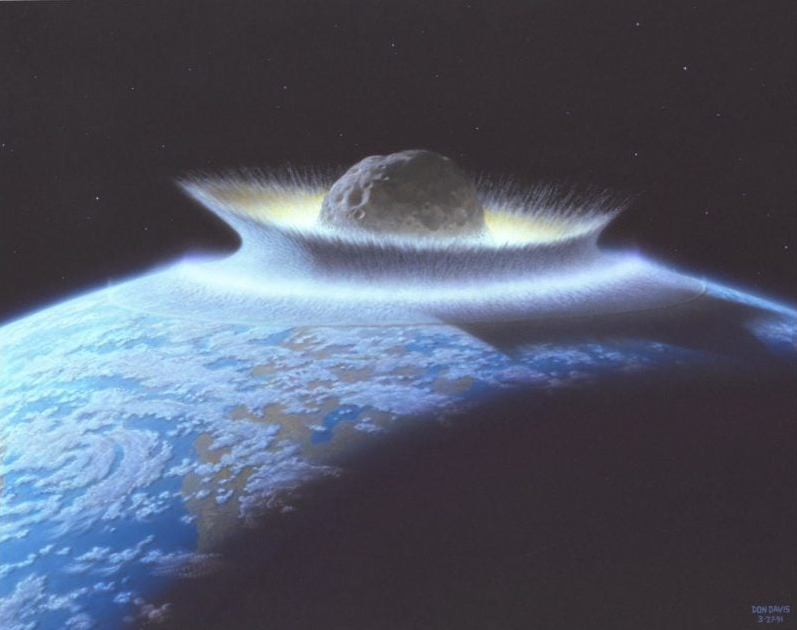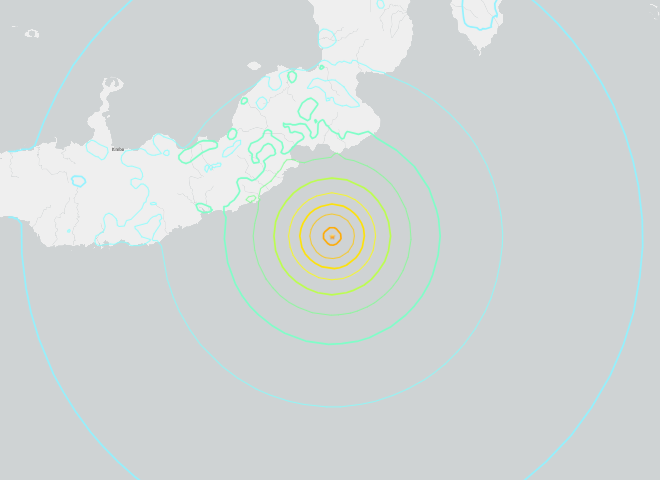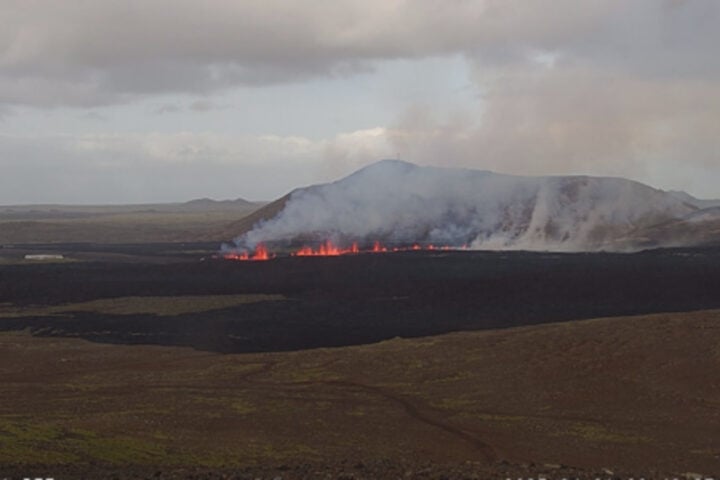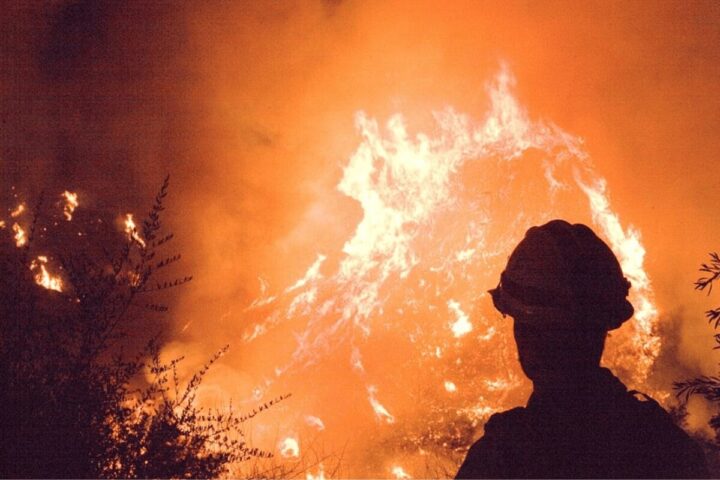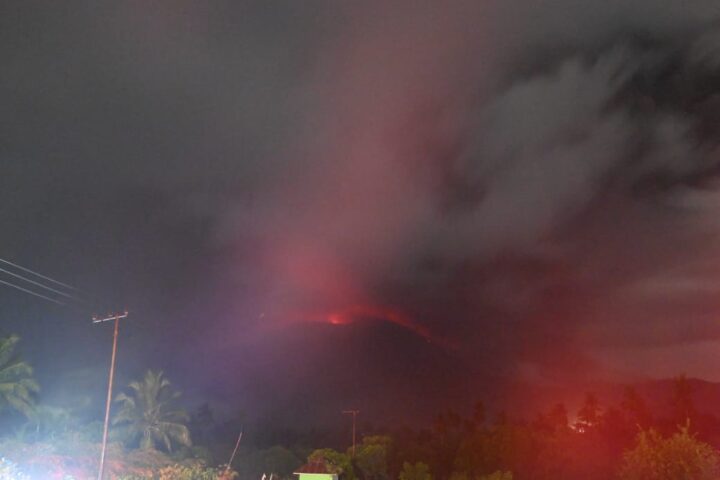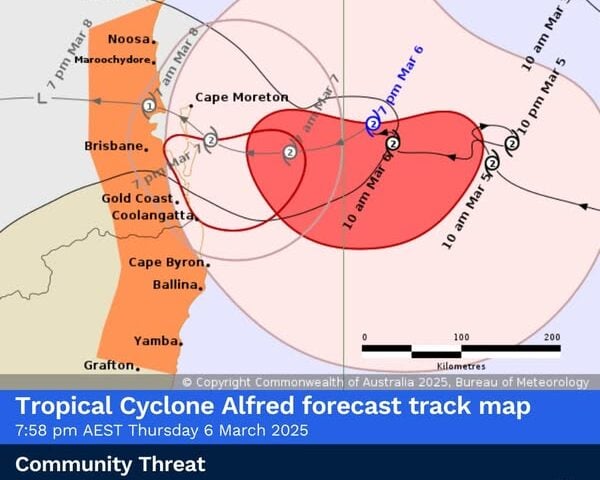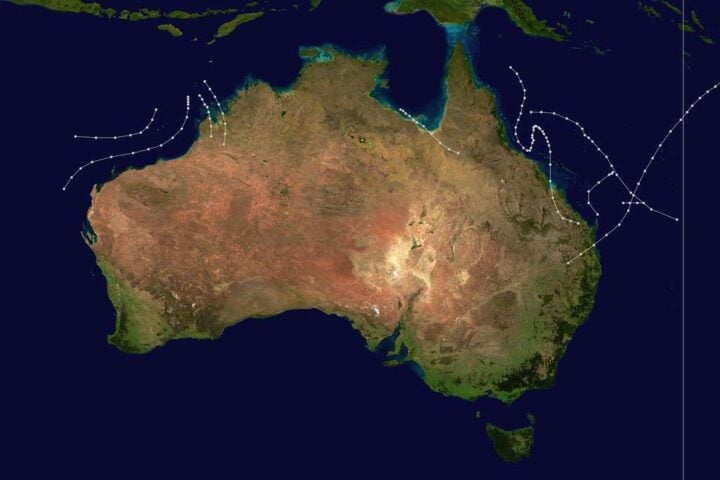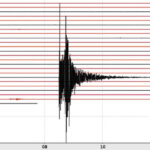An interesting story of a tsunami which was recorded over 66 million years ago as the largest in scale which had hit the Yucatán Peninsula caused by the impact of a huge asteroid of 6 miles in diameter hitting the earth with a force comparable to 100 teratons of TNT. It was of such tremendous effect that it overshadowed the one in Lituya Bay, Alaska, which reached 1,700 feet and happened in 1958.
The initial effect of the tsunami created a massive wave of 2.8 miles tall, but then it steadied down to 0.93 miles. Due to this massive impact, a dense cloud of dust and debris changed Earth’s climate drastically, causing the extinction of living beings like animals, plant species, and dinosaurs. The wave energy was 30,000 times larger and bigger than the tsunami which occurred in the Indian Ocean in 2004.
Similar Post
The devastation of that tsunami was severe, as it swept through the Gulf of Mexico to the North Atlantic up to the fringes of the Pacific Ocean, resulting in the disfiguration of seabed sediment across this huge stretch. Although the destruction was massive, regions like the South Atlantic and Indian Ocean largely escaped this ordeal. The ferocity of the water didn’t raise up to that level.
This was history’s one of the most devastating tsunamis in terms of scale, reach, and trail of destruction it had perpetrated. Its impact reached the eastern coastline of far-away New Zealand. Just imagine the distance between the North Atlantic and New Zealand. This was phenomenal in terms of the scale and ferocity of this calamitous tsunami. The elaborate studies conducted by scientists concluded that this was one of the most powerful tsunamis in the geological history of the world.
